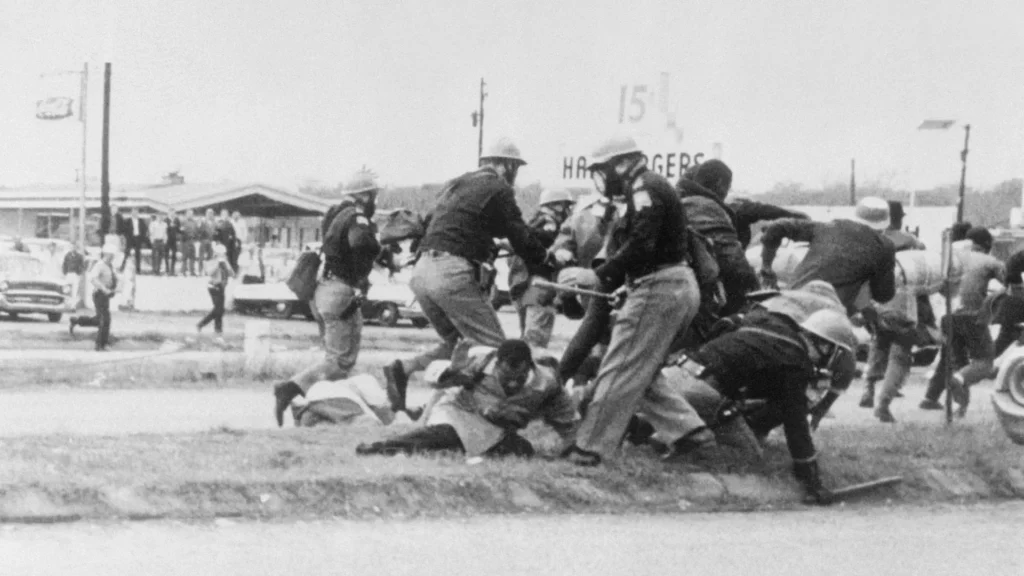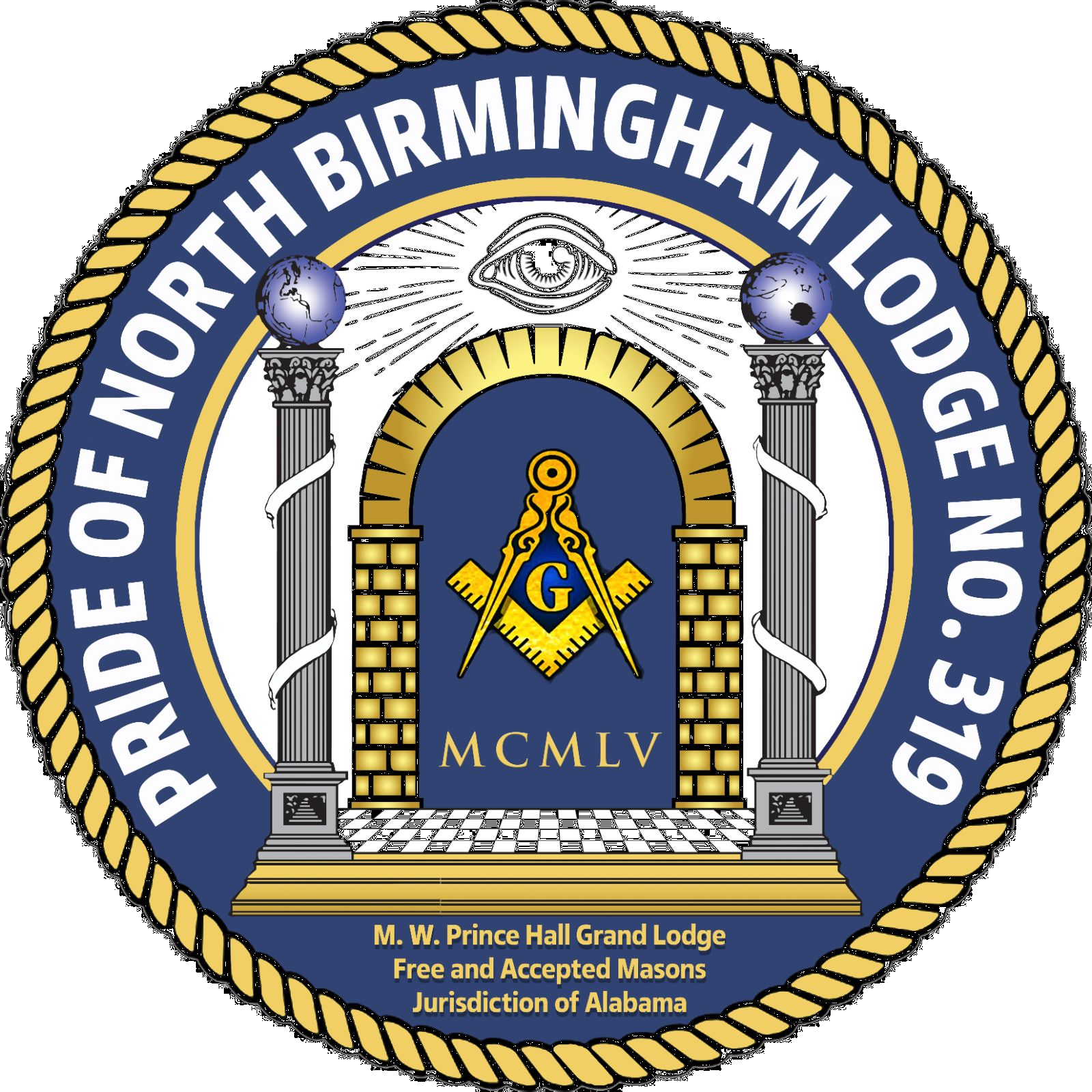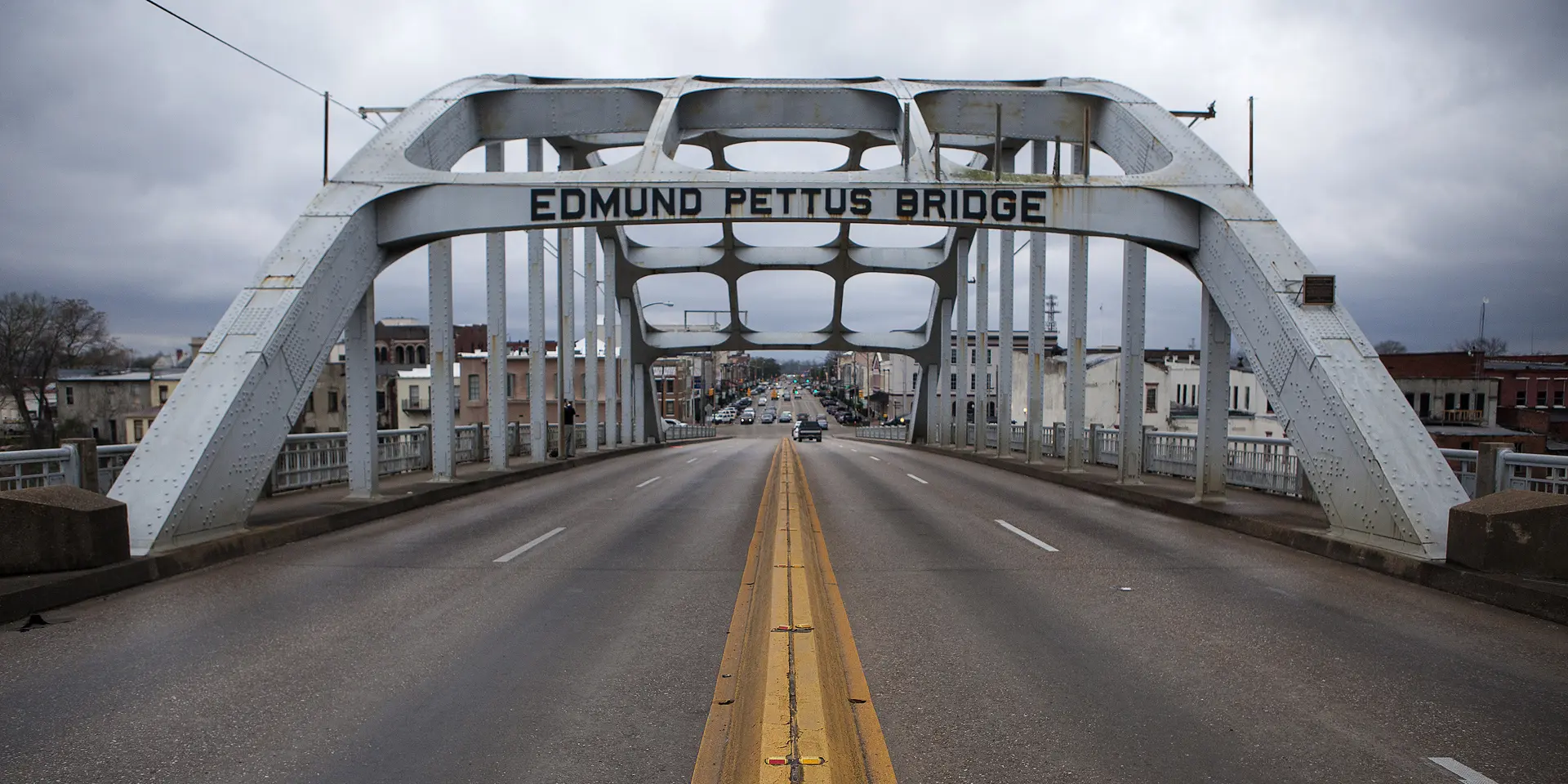“Bloody Sunday” refers to a pivotal event in the American civil rights movement that occurred on March 7, 1965, when a group of nonviolent protesters marching for African American voting rights were brutally attacked by Alabama state troopers and local police on the Edmund Pettus Bridge in Selma, Alabama. This event, and the Selma to Montgomery marches that followed, played a crucial role in raising national awareness about the struggle for civil rights and the need for voting rights legislation.
The Selma to Montgomery marches were organized by civil rights activists to demonstrate the desire of African American citizens to exercise their constitutional right to vote, in defiance of segregationist repression. These marches were part of a broader voting rights movement underway in Selma and throughout the American South. The first march, which became known as “Bloody Sunday,” was led by activists including John Lewis and Hosea Williams but was violently suppressed by law enforcement officers who attacked the unarmed protesters with batons and tear gas.

The violence of “Bloody Sunday” was widely covered by the media and shocked the nation, leading to a national outcry. It highlighted the racial injustice and brutality faced by African Americans in the South and contributed to the passage of the Voting Rights Act of 1965, a landmark federal achievement of the civil rights movement. This act removed obstacles for Blacks to register to vote en masse, significantly changing the political landscape in the United States.
The events in Selma, including “Bloody Sunday,” galvanized public opinion and mobilized Congress to pass the Voting Rights Act, which President Lyndon B. Johnson signed into law on August 6, 1965. The act aimed to overcome legal barriers at the state and local levels that prevented African Americans from exercising their right to vote as guaranteed under the 15th Amendment to the U.S. Constitution.
Today, the Edmund Pettus Bridge, where “Bloody Sunday” took place, remains a symbolic landmark of the civil rights movement, representing the struggle and sacrifices made by activists to achieve equality and justice for African Americans. The bridge still bears the name of a white supremacist but now serves as a reminder of the progress made and the ongoing fight against racial discrimination.
The Selma to Montgomery marches and the events of “Bloody Sunday” are remembered as a turning point in the civil rights movement, highlighting the power of peaceful protest and the importance of the right to vote in a democratic society. These events underscore the need for continued vigilance and action to protect civil rights and ensure equality for all Americans.

